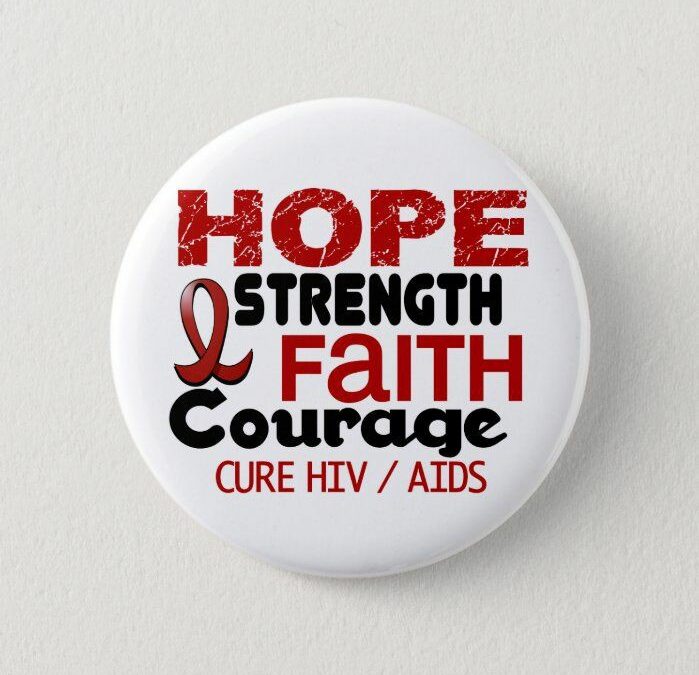Human immunodeficiency virus (HIV) is an infection that attacks the body’s immune system. Acquired immunodeficiency syndrome (AIDS) is the most advanced stage of the disease.
HIV targets the body’s white blood cells, weakening the immune system. This makes it easier to get sick with diseases like tuberculosis, infections, and some cancers. HIV is spread from the body fluids of an infected person, including blood, breast milk, semen and vaginal fluids. It is not spread by kisses, hugs or sharing food. It can also spread from a mother to her baby. HIV can be treated and prevented with antiretroviral therapy (ART). Untreated HIV can progress to AIDS, often after many years.
Understanding HIV:
- HIV is a virus that attacks the immune system, specifically the CD4 cells (T cells), which help the immune system fight off infections.
- If left untreated, HIV can lead to the disease AIDS (acquired immunodeficiency syndrome).
Transmission:
- HIV is primarily transmitted through unprotected sexual intercourse with an infected person.
- It can also be transmitted through sharing of needles, from mother to child during childbirth or breastfeeding, and through blood transfusions with infected blood (though this is now rare due to screening).
Prevention:
- Using condoms consistently and correctly during sexual intercourse helps reduce the risk of HIV transmission.
- Needle exchange programs and avoiding sharing needles can reduce the risk of transmission among people who inject drugs.
- Antiretroviral therapy (ART) is a key component of preventing HIV transmission from mother to child during childbirth.
Testing:
- Regular HIV testing is essential, especially for individuals engaging in high-risk behaviours.
- Early detection allows for timely medical intervention and better management of the virus.
Treatment:
- While there is no cure for HIV, antiretroviral medications can effectively control the virus and help people with HIV live long and healthy lives.
- Consistent medical care and adherence to treatment plans are crucial for managing HIV.
Stigma Reduction:
- Stigma and discrimination against individuals living with HIV can hinder prevention efforts and impact the mental health of those affected.
- Raising awareness about HIV and promoting understanding can contribute to reducing stigma.
Global Impact:
- HIV/AIDS is a global health issue, and efforts to address it involve international collaboration, awareness campaigns, and support for affected communities.
Education:
- Providing accurate information about HIV and dispelling myths is essential for preventing transmission and reducing stigma.
Community involvement:
- Engaging communities in HIV awareness and prevention programs helps create a supportive environment for those affected.
Stay updated:
- Stay informed about the latest developments in HIV research, treatment, and prevention to promote accurate and up-to-date information.
Promoting HIV awareness is a collective effort that involves individuals, communities, healthcare professionals, and policymakers working together to prevent new infections, support those living with HIV, and ultimately work towards the goal of an HIV-free world.






